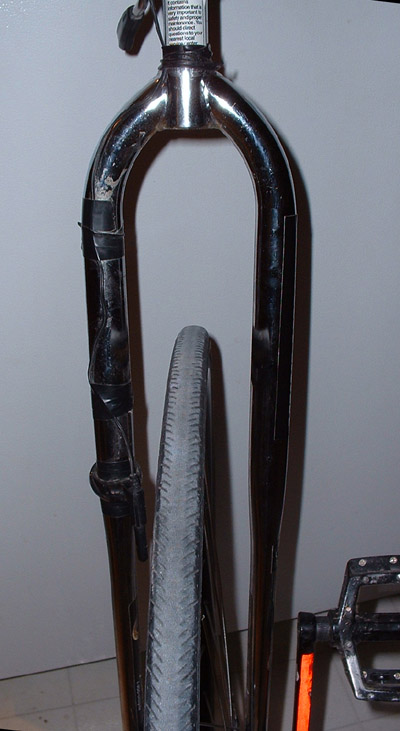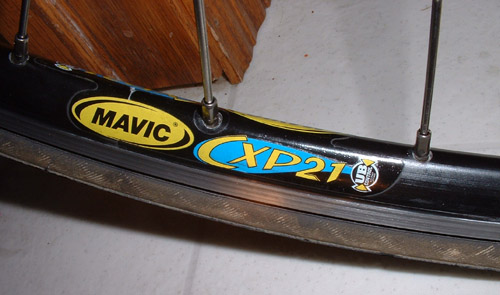Ken wrote:
<<Just for you Mike- I tried out my new YUni 29’er yesterday with short 150mm cranks- … I may even downsize the cranks on my 26’ >>
It’s always good to experiment. There’s a trade off between short cranks allowing you to ‘rush’ hills and obstacles, and long cranks allowing you to ‘plod’ up after you’ve lost that intial momentum.
<<Don’t forget the tyre diameter>>
When I’m writing about ratios etc., I normally assume for simplicity that a 24 inch wheel is 24 inches in diameter including the tyre, a 28 is 28 inches including the tyre, etc. I know this is often not true when there is a big fat tyre. Those who are interested can adjust the calculation accordingly. It doesn’t matter whether you work with actual diameter or with rollout. They are both linear measurements, so they will remain in proportion. The rollout will always simply be 3.142 (Pi) times the actual diameter.
Andrew asked:
<<What if you had the same size cranks but the same mass for each wheel? Would this still happen?>>
Like a lapsed Catholic, I ignored mass. The extra effort required to accelerate/decelerate is solely a result of the different ratio between the length of the cranks and the diameter (or radius or circumference!) of the wheel (including the tyre!).
So if the wheel is, say, 20% bigger, and the cranks are the same, you have less leverage, so the wheel takes more starting and stopping. (It takes the same amount of energy, just it’s harder to apply the force using the shorter lever.)
If the two wheels being compared had identical mass, the larger wheel would be that little bit harder to start/stop because the mass is that little bit further from the centre (the mass being concentrated mainly in the rim and tyre) so in fact my simplistic calculation overlooks an important effect. This is most notcieable in a Coker which has a very heavy rim (steel) and tyre, and a big radius, and there is a flywheel effect which makes the Coker much harder to start/stop than a simple crank:wheel calculation would suggest.
A 36 inch wheel with 6 inch (150mm) cranks has the same ‘ratio’ as a 28 inch wheel with 4.66 inch cranks (119 mm) but in practice, it is easy to idle a 28 with 110s, and difficult to idle a Coker with 150s.



